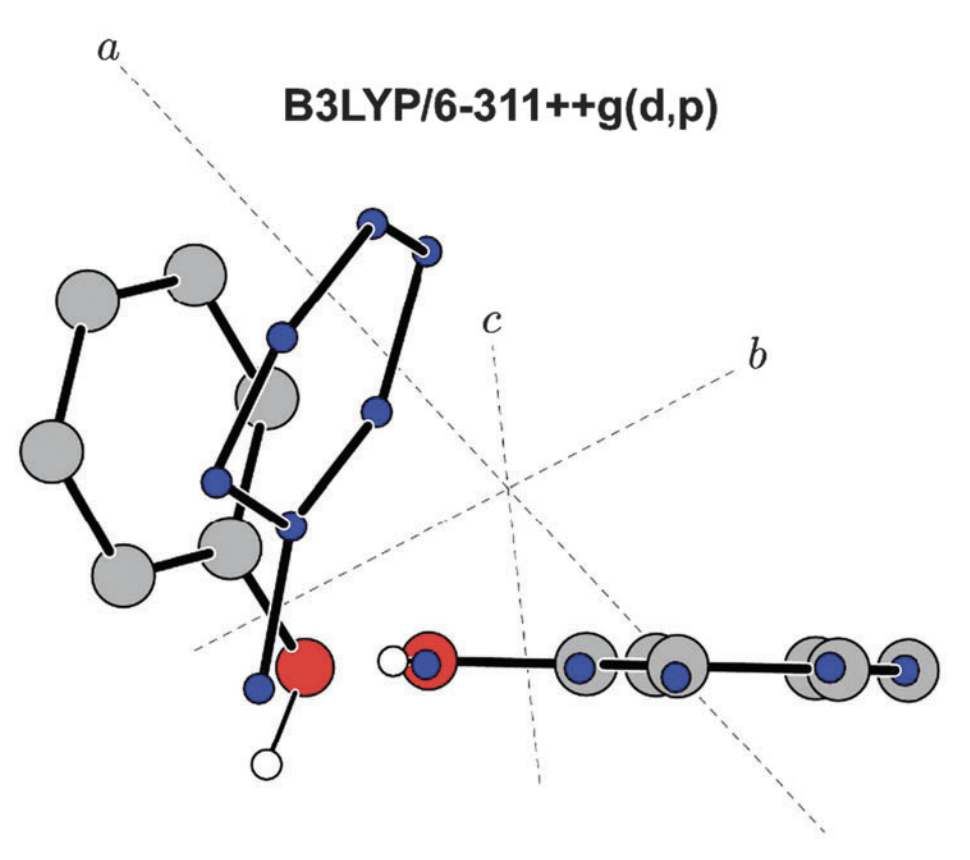Microwave Spectroscopy
The study of our cosmic origins -- the evolution of molecules from the Big Bang to the molecular building blocks delivered to Earth on meteorites -- relies on observing molecules outside our solar system. Vast molecular clouds, the birthplaces of stars and planets, are unique laboratories where rich and exotic chemistry drives the molecular inventory toward life-essential molecules. More than 200 distinct molecular species have now been seen in these environment, detected through their rotational spectra: patterns of light emitted as they tumble end over end in space. These spectra are first measured in the laboratory and then matched to telescope observations, identifying molecules in space. The rotational spectrum of a molecule is a unique electromagnetic fingerprint and is the primary means by which we study molecules outside our solar system. The signal we analyze from radio telescopes contain the spectra of all molecules in the target; identifying a single molecule requires that we know its spectrum to exquisite accuracy. This necessitates laboratory study: we must make these molecules under terrestrial conditions and probe their spectra here first, then robustly match it to signals observed in the interstellar medium (ISM).


